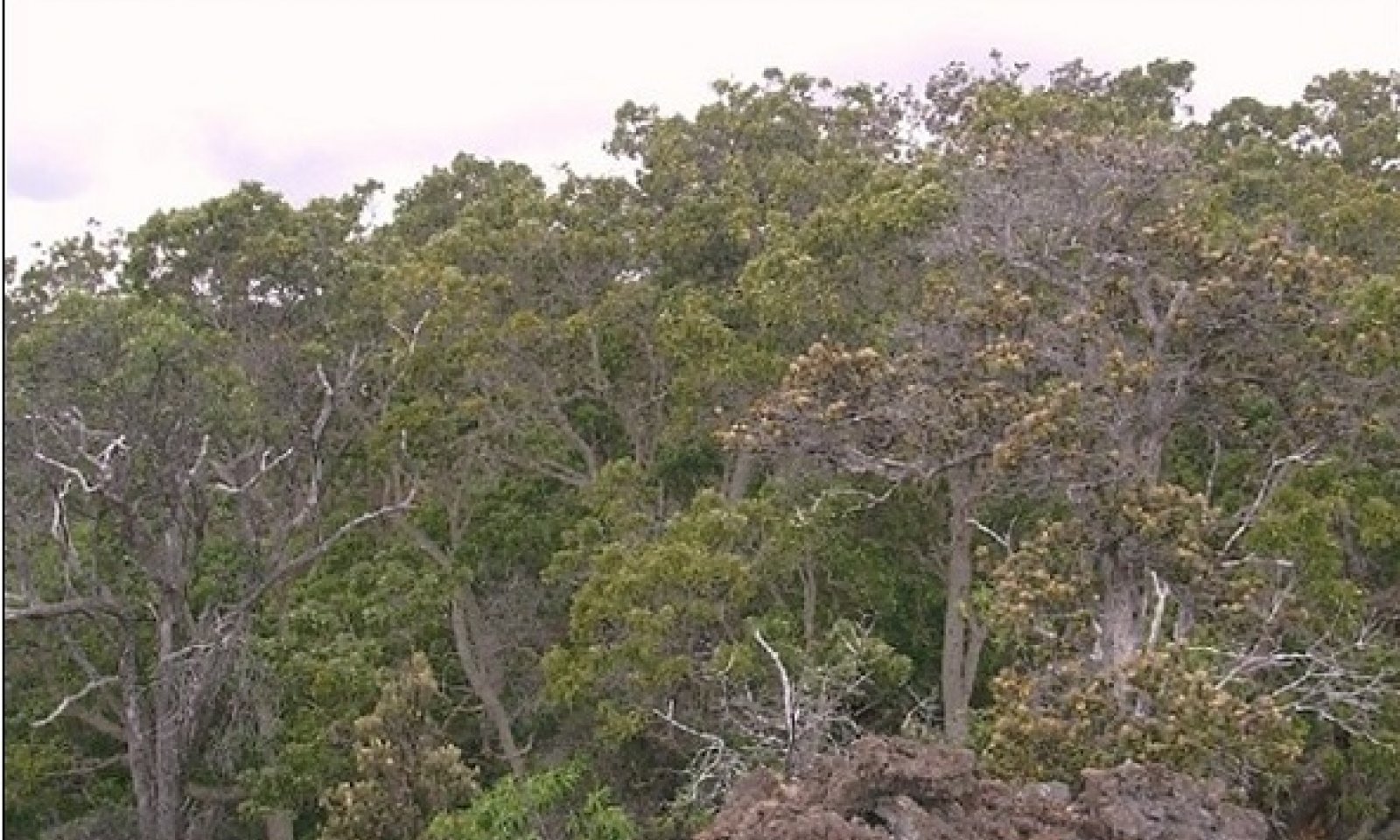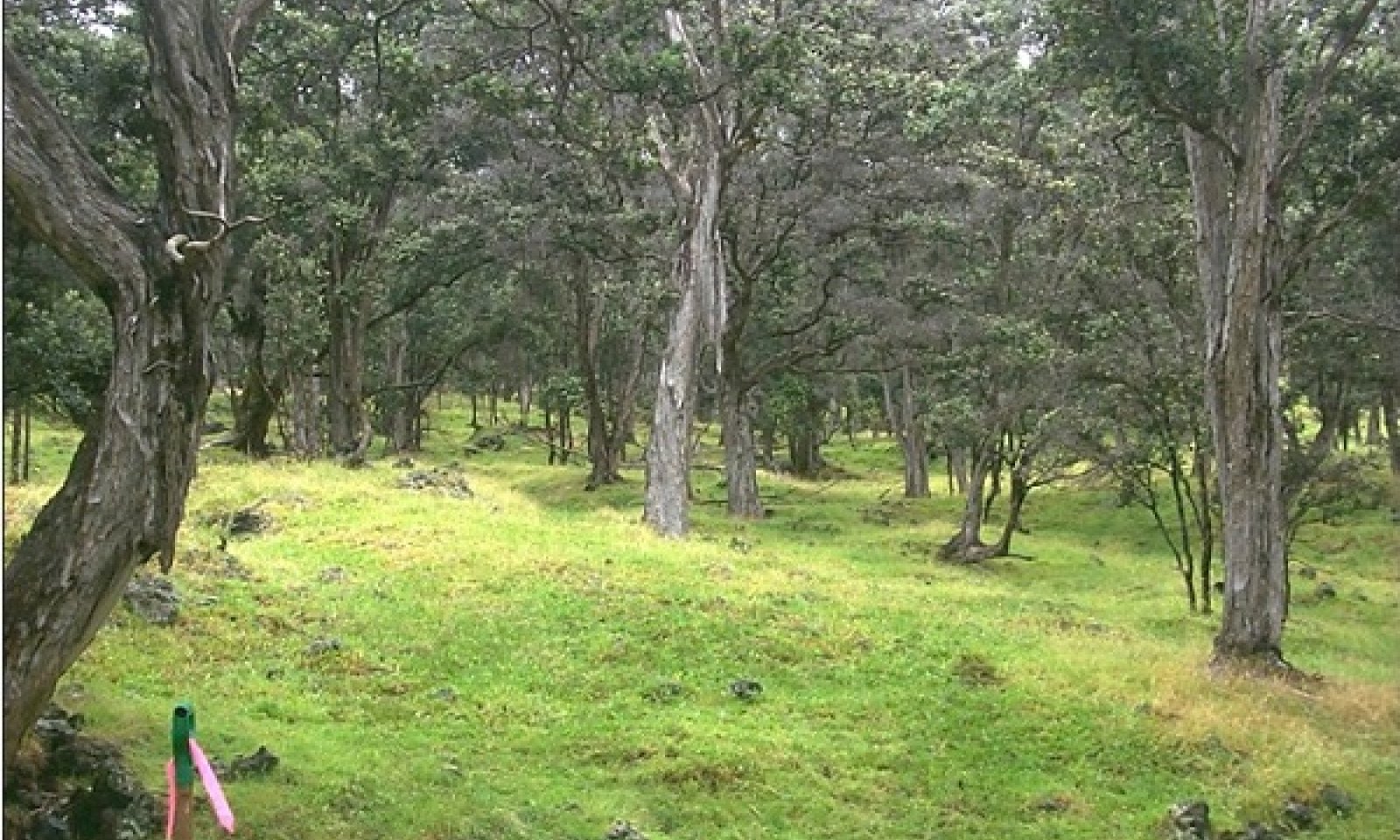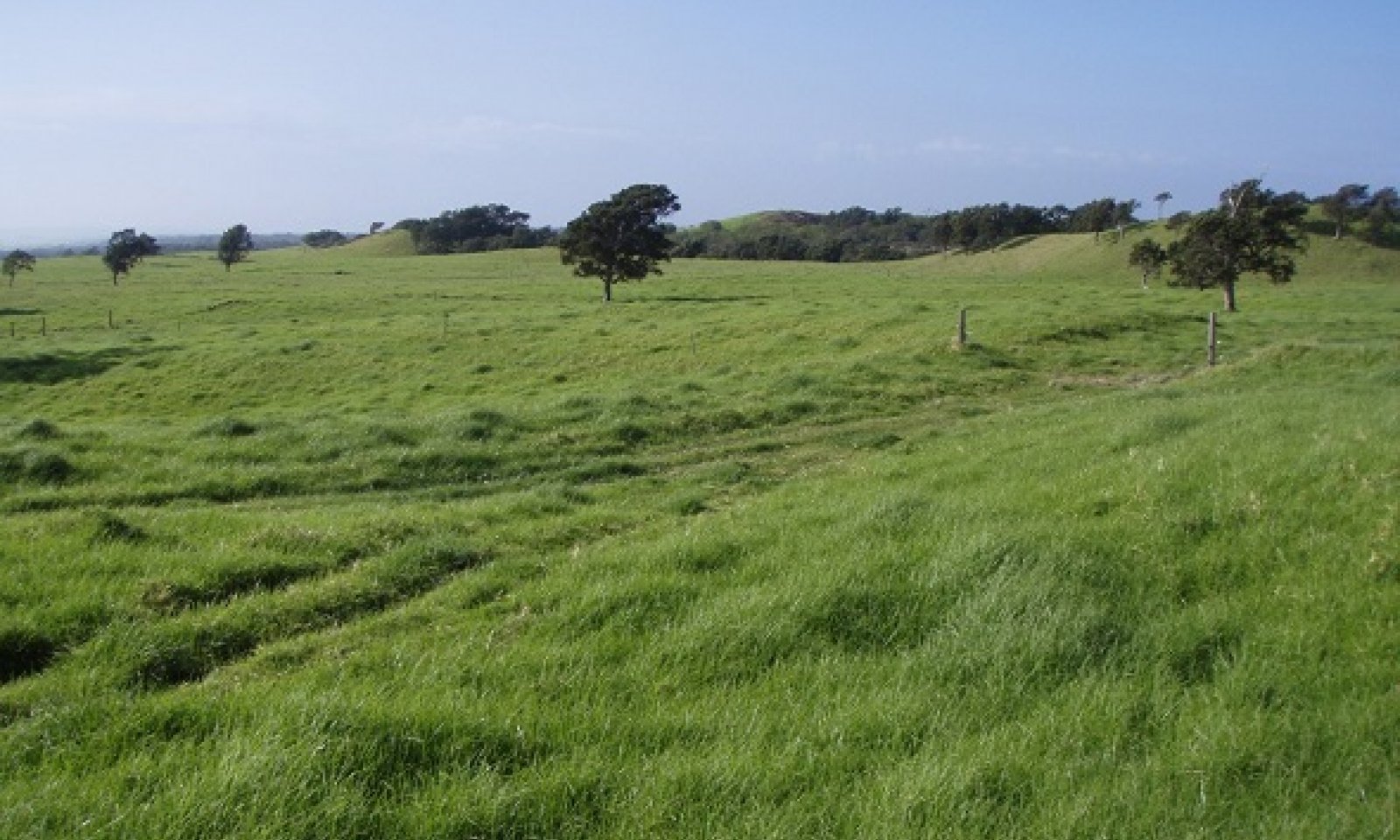
Ustic-Dry Udic Forest
Scenario model
Current ecosystem state
Select a state
Management practices/drivers
Select a transition or restoration pathway
- Transition T1A More details
- Restoration pathway R2A More details
- Transition T2A More details
- Restoration pathway R2B More details
- Restoration pathway R3A More details
- Restoration pathway R4A More details
-
No transition or restoration pathway between the selected states has been described
Target ecosystem state
Select a state
Description
The Reference State consists of one community phase. Much of the original forest has been cleared for livestock grazing. Description of this state is in part based on observations of small, remnant forest stands and scattered examples of the various plant species.
Submodel
State 2
Naturalized Grassland with >25% Tree Cover State




Description
This state is comprised of three grassland community phases that have an open canopy of remnant native trees. Trees provide shade and protection from the elements to livestock. The shade also allows the cool season (C3) introduced grass meadow ricegrass or weeping grass (Microlaena stipoides) to become dominant over warm season (C4) forage grasses in some areas. Very little tree regeneration occurs, so the trees eventually die out over many years.
Community phase 2.1 typically consists of kikuyugrass (Pennisetum clandestinum) with an admixture of legumes. Meadow ricegrass may dominate in shady areas. Continuous grazing that does not allow favored forage species time to recover from defoliation results in community phase 2.2, which is dominated by lower value forage species but contains enough remnant kikuyugrass to allow for a transition back to phase 2.1 with prescribed grazing. Removal of livestock leads to community phase 2.3, which consists of dense cover of native and/or introduced shrubs, remnant grasses, and seedlings and saplings of native and/or introduced trees.
Submodel
State 3
Naturalized Grassland with <25% Tree Cover State




Description
This state consists of three community phases that are grassland with either a sparse canopy of native trees or no trees at all. The lack of shade prevent the cool season (C3) introduced grass meadow ricegrass or weeping grass (Microlaena stipoides) from becoming abundant.
Community phase 3.1 typically consists of kikuyugrass (Pennisetum clandestinum) with an admixture of legumes. Continuous grazing that does not allow favored forage species time to recover from defoliation results in community phase 3.2, which is dominated by lower value forage species but contains enough remnant kikuyugrass to allow for a transition back to phase 2.1 with prescribed grazing. Removal of livestock leads to community phase 3.3, which consists of dense cover of native and/or introduced shrubs, remnant grasses, and seedlings and saplings of native and/or introduced trees.
Submodel
State 4
Restored Koa State



Description
This state consists of one community phase. Koa seeds may remain viable in the soil for decades and can be induced to germinate by scarifying, or scraping, the soil surface with a bulldozer. If mature koa trees are present, suckers from their roots can quickly grow into spaces with sufficient sunlight. Thinning is necessary once the koa reach sufficient stature.
Submodel
Mechanism
This state will transition to State 2 Naturalized Grassland with >25% Tree Cover by removing the native understory, either by heavy equipment or, more gradually, by continuous cattle grazing. Forage grasses are then established by sprigging or seeding.
Restoration pathway R2A


Mechanism
This state may be restored to a facsimile of State 1 Reference. Herbicidal weed control must be applied to forage species and the many opportunistic weed species that invade the site. Weed control would be a perpetual process to maintain the site. All ungulates must be excluded from the restoration site by a suitable fence. Domestic ungulates would be useful to manage vegetation outside the restoration site perimeter. Extensive planting of native species would follow. In some areas there may be a residual koa seed bank that could be encouraged to sprout by herbicide treatment of grasses followed by soil scarification by heavy machinery. Increased shade from trees growing on the site will cause a shift from warm season (C4) grasses to cool season (C3), shade-tolerant meadow ricegrass. Meadow ricegrass can be almost as dense and detrimental to establishment of native plants as kikuyugrass, so it must be controlled by herbicide.
Transition T2A


Mechanism
This state will transition to State 3 Native Grassland with <25% Tree Cover by intense wildfire. Alternatively, long term grazing will greatly reduce reproductive success of native trees, leading to gradual loss of the trees through natural mortality.
Restoration pathway R2B


Mechanism
Koa trees can rapidly form a dense stand on these sites from seed bank germination stimulated by mechanical soil scarification, root suckering from remnant koa, and/or replanting. Control of weeds, including forage grasses, facilitates this process. Grazing and browsing by ungulates must be excluded for at least five to seven years to allow koa saplings to grow large enough to withstand the presence of large animals.
Restoration pathway R3A


Mechanism
Koa trees can rapidly form a dense stand on these sites from seed bank germination stimulated by mechanical soil scarification, root suckering from remnant koa, and/or replanting. Control of weeds, including forage grasses, facilitates this process. Grazing and browsing by ungulates must be excluded for at least five to seven years to allow koa saplings to grow large enough to withstand the presence of large animals.
Mechanism
This state may be restored to a facsimile of State 1 Reference either by gradual reinvasion of the site from nearby native seed sources or by replanting. Weed control will be necessary to eliminate banana poka and other weeds that invade the site, as well as to reduce grass cover. Ungulates must be excluded from the site by a suitable fence.
Model keys
Briefcase
Add ecological sites and Major Land Resource Areas to your briefcase by clicking on the briefcase (![]() ) icon wherever it occurs. Drag and drop items to reorder. Cookies are used to store briefcase items between browsing sessions. Because of this, the number of items that can be added to your briefcase is limited, and briefcase items added on one device and browser cannot be accessed from another device or browser. Users who do not wish to place cookies on their devices should not use the briefcase tool. Briefcase cookies serve no other purpose than described here and are deleted whenever browsing history is cleared.
) icon wherever it occurs. Drag and drop items to reorder. Cookies are used to store briefcase items between browsing sessions. Because of this, the number of items that can be added to your briefcase is limited, and briefcase items added on one device and browser cannot be accessed from another device or browser. Users who do not wish to place cookies on their devices should not use the briefcase tool. Briefcase cookies serve no other purpose than described here and are deleted whenever browsing history is cleared.
Ecological sites
Major Land Resource Areas
The Ecosystem Dynamics Interpretive Tool is an information system framework developed by the USDA-ARS Jornada Experimental Range, USDA Natural Resources Conservation Service, and New Mexico State University.